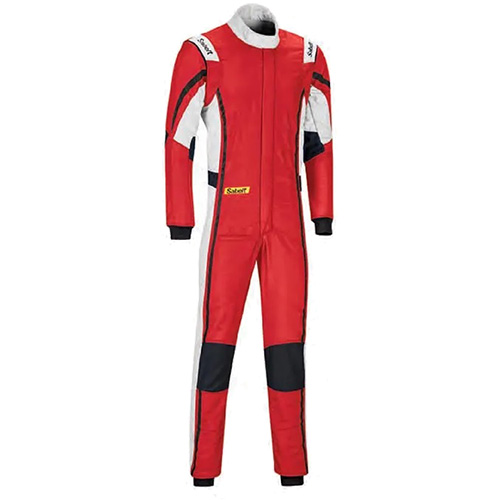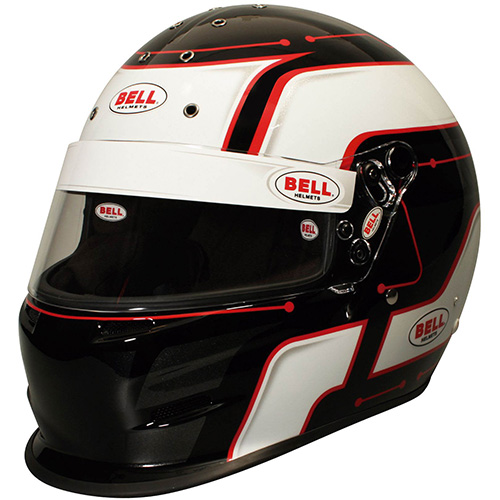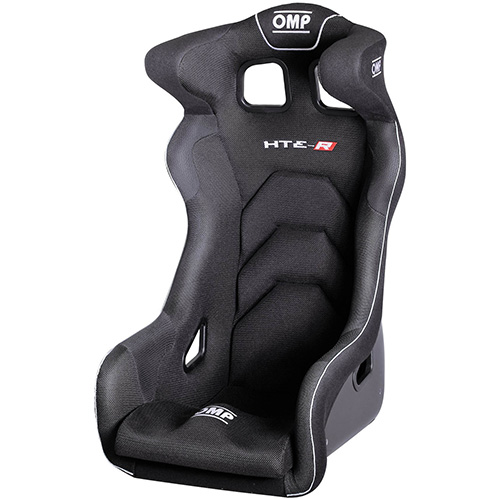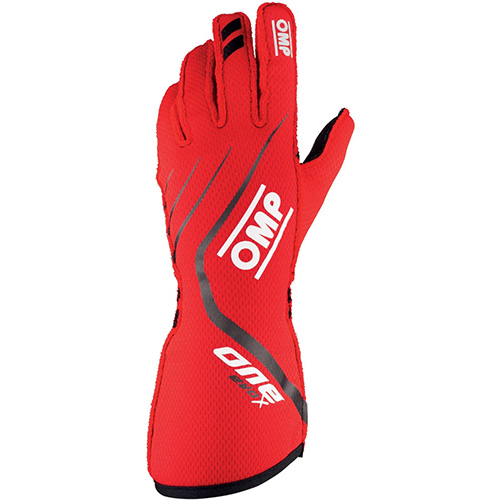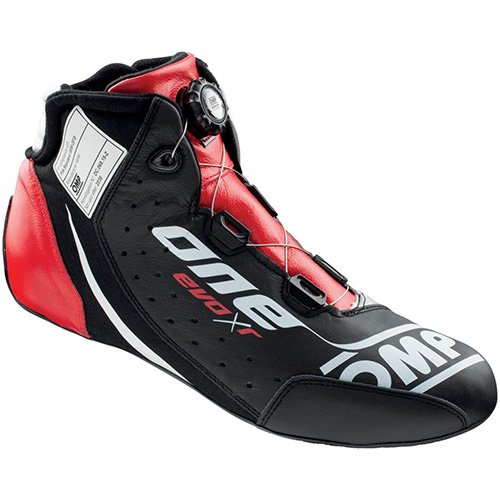Speed Secrets: How To Dial In Tire Pressures
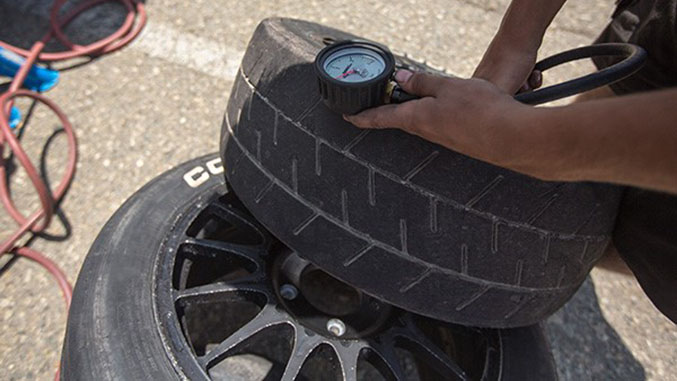
|
“What hot tire pressures should I run?” Many drivers/racers consider this question, but get confused by all of the advice flowing around the paddock.
So let’s start with something we all know about – the tire placard that recommends tire pressures for your road car.
My wife’s Ford Focus is sitting in the driveway, so I’ve just popped outside to check the recommended pressures…
The thing about manufacturers’ recommended tire pressures is that you set them cold in the morning, and then do not bleed them off when the tires build up pressure, in the heat of the day, or with running on the road. On the road, as opposed to racing, we are working from a cold pressure and the design of the tire characteristics are such that any pressures build-up is accommodated.
So, what does this say about setting the tire pressures at the service station, when you’re on your way home after a trip? You need to over-pressure the tires and then bleed them down the next morning. You can read everything you need to know about tires on the road on the Tire Rack website, including an interesting bit from Michelin about tires aquaplaning in the wet with just 5 psi less than recommended pressure.
There are three wheel sizes for my wife’s Focus – 16s, 17s, and 18s, with 50, 55, and 40 series tires. Yet the same pressures are recommended for all tire and wheel combinations. That’s something we can think about for racing tires. On the other hand, look at the 10 psi pressure difference between light load and heavy load. That’s most certainly something we can think about for racing!
For racers, our best source of tire info is the Hoosier “Tire Care and Safety Guidelines.” Hoosier is the racer’s friend when it comes to tire data and info. The reason, I guess, is that they don’t have to risk confusing people with road cars, because they don’t sell tires for the road.
A quick point before we proceed. Two racecars may have similar max cornering grip (max lateral grip) – same grip mid-corner. Yet one may be significantly quicker in corner entry and/or exit, even to the tune of seconds per lap. We’re not so interested in the maximum cornering grip, more so in what happens as cornering grip in the tires builds up in corner entry and lets go in corner exit.
Getting straight to it, we’ll be starting from a cold pressure, build up tire temp and pressure during the track session, then check tire pressures immediately when we come in. You will see, then, exactly how many psi you need to take out of each tire to get to your target hot pressures in the next track session.
Hoosier tire pressure recommendations for DOT radials (semi-slick racing tyres):
Light Vehicles 1800 – 2200lbs: Hot Pressure 32 – 34 psi
2200 – 2600lbs: 34 – 36 psi
2600 – 3000lbs: 36 – 40 psi
OVER 3000 lbs: 40 – 42 psi
That’s it, really. There is an eight to ten psi difference in the pressure you need between the lightest and heaviest production-based cars, and as a general rule, the same pressures apply to DOT radials from other manufacturers. Generally speaking again, you can set your cold pressures to 26 psi and then bleed them back to your required hot pressure immediately after your first run. Of course, if you haven’t reached your hot pressure, then consider adding air for your next run. You do need to keep an eye on the pressures as you go during the day. With higher ambient temperature and more track temperature, you might generate more grip, and therefore, build higher tire pressure.
So, with your hot pressures set correctly, you could go out and win races and set FTDs (Fast Time of Day), right? Pretty much.
But there is more. These diagrams help us understand why there is a broad range of acceptable pressures, yet there still could be small areas where we might gain performance.
|
Facebook: /racingcartechnology/?fref=ts


